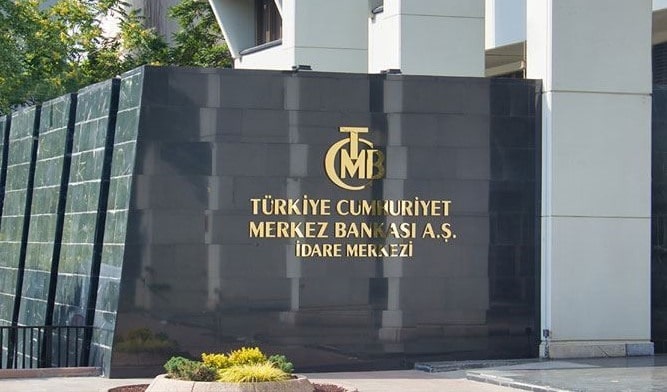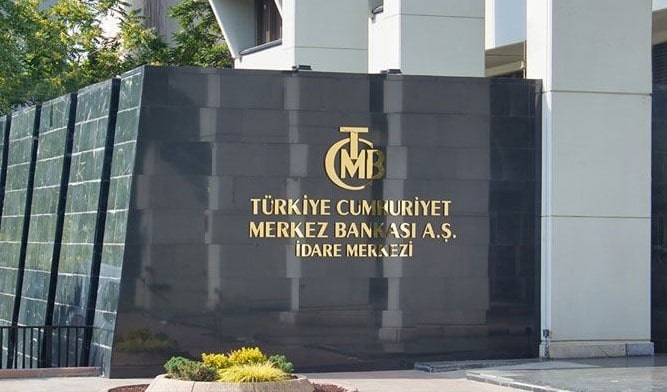

The Monetary Policy Committee (MPC) of the Turkish Central Bank (CBRT) reduced the policy rate by one percentage point to 18% on September 23. The Central Bank estimates that inflation will be much lower by the end of this year and the end of next year. This estimation, at a first look, seems to justify the recent rate cut decision. However, first of all, the Central Bank’s inflation forecasts are not credible in the eyes of the Turkish people. Secondly, there has been a new depreciation trend on the lira in recent weeks. Third, price increases are widespread in the consumer basket.
The fourth reason is core inflation. We have spent the last few weeks in a ‘core inflation’ mess. Almost three weeks ago, CB governor Şahap Kavcıoğlu implied that the core inflation would be brought to the forefront from then on. Because some core inflation indicators were below the (previous -%19) policy rate, that led to suspicions about a potential rate cut. In short, the statement by the official who is supposed to fight inflation created exchange rate pressure that would lead to a further rise in inflation.
Rates may have to be increased again
There are six core inflation indicators. Only one of them is below 18%. In other words, despite saying that they “will keep the interest rate above inflation” and then stating that they “will focus on core inflation rather than the headline inflation,” the five of the six core inflation indicators are above 18%.
It is clear what will happen next: the depreciation pressure on the lira will continue. This pressure will create a new wave of inflation. After a while, the Central Bank may have to raise interest rates again: to alleviate exchange rate pressure more than trying to pull the increasing inflation back. I hope that the Central Bank will not intervene, which will further deplete Turkey’s foreign exchange reserves – one of the reasons for the high-risk perception for Turkey.
The most exciting part is that even the right touches to the policy rate are no longer enough for monetary policy to contribute to the economy positively for several reasons: First, there are critical economic problems, and they cannot be solved solely with monetary policy. A program that would permanently reduce risk perception regarding of Turkey is urgently needed. In my last Yetkin Report article, I discussed the minimum elements that such a program should contain.
The target must still be inflation
Second, the Central Bank gave a particular emphasis on the current account balance in the previous two MPC decisions. It even went further and predicted that the current account balance would give a surplus in the second half of the year.
For that reason, the Central Bank needs to be explicit about which macro variable it focuses on. Current account deficit, inflation, or both. We need a new monetary policy text that convincingly explains why a new monetary policy framework is needed. In this context, which policy tools will be used should also be included in the text. My viewpoint is that it is not a valid monetary policy to target the current account balance.
The target should still be inflation; yet, the CBRT should make the 5% target be more realistic. Last but not least, monetary policy should at least come out of the mess it is in. As the New Year approaching, such a comprehensive policy text can be helpful since monetary policy cannot be made by swinging from one side to the other.


